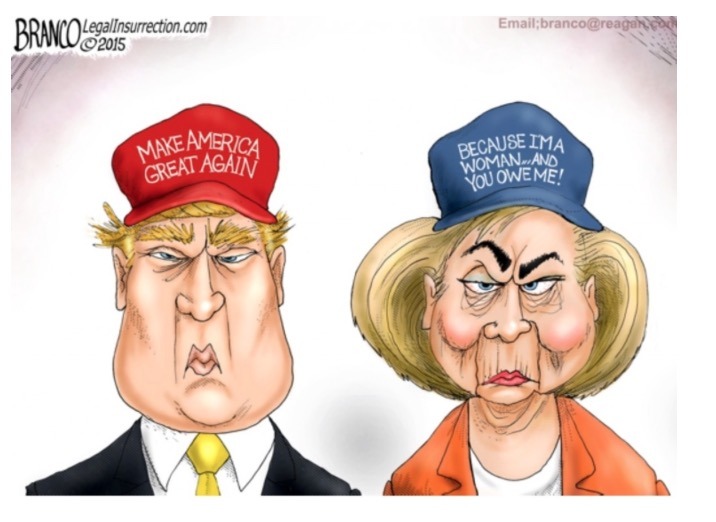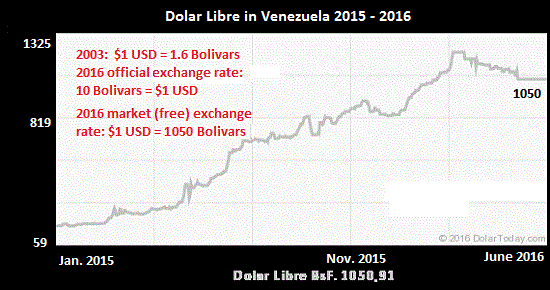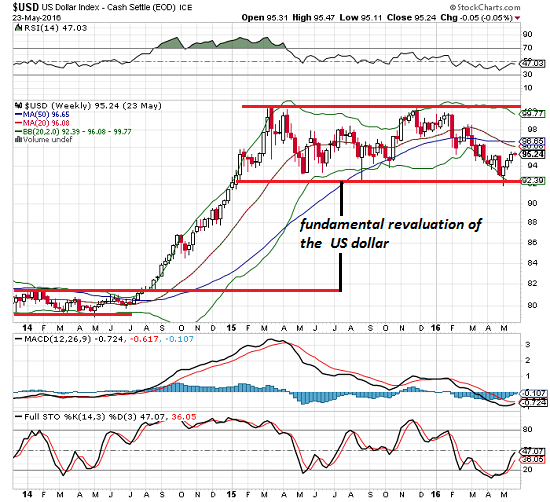By Don Quijones, Spain & Mexico, editor at WOLF STREET.
In Europe, banks are beginning to feel the side effects from the
ECB’s negative interest rate policy (NIRP), which (among other things)
is meant to weaken the euro, fuel inflation, force banks in riskier
lending, and prevent Eurozone economies from buckling under the sheer
weight of their sovereign debt.
But it doesn’t work. Inflation remains much lower than the ECB’s
target headline rate of 2%, European sovereign debt continues to grow at
an alarming rate, and bank lending remains anemic in most countries.
And it could actually end up killing the patient, Europe’s biggest
banks.
That’s what Francisco González, Executive Chairman of Spain’s number-two financial institution, BBVA,
just warned
in a speech at the Spring Membership Meeting of the world’s most
powerful financial lobby organization, the Institute of International
Finance (IIF).
“Europe is caught in a trap,” he said. “It has to do something to
boost its growth potential. But expansive monetary policy has led to
negative interest rates, which are
killing us.”
For BBVA, like most other
European banks, the main problem with NIRP is the shrinking effect it
has on its operating margins, which in turn puts unbearable pressure on
its balance sheets. For example, when the Euribor is at zero, interest
rates on variable rate mortgages are at next to zero. And these
variable-rate Euribor-linked mortgages predominate in Spain’s mortgage
market.
Until not so long ago, Spanish banks were insulated from this problem
by the floor clauses they discreetly inserted into their mortgage
contracts. These set a minimum interest rate — typically of between 3%
and 4.5% — for variable-rate mortgages, even if the Euribor dropped far
below that figure. That meant the banks enjoyed all the benefits of
low-interest rate living with none of the drawbacks, which were
exclusively reserved for Spanish mortgage holders.
All that changed in April when a Spanish judge ruled that the clauses
were both abusive and lack transparency. The 40 banks implicated,
including BBVA, now must reimburse clients all the money they’ve
overcharged them since May 2013, and perhaps even since 2009. That could
be as much as €10 billion. Also, as WOLF STREET
reported
at the time, in a delicious irony, all the banks that applied the floor
clauses will now have to learn to survive without the one mechanism
that protected them from the profit-shrinking effects of the ECB’s
NIRP — just when the Euribor goes negative!
Cue Gonzalez’s public meltdown!
But BBVA’s problems are not just a result of ECB policy. The bank
also has an unwieldy €16 billion exposure to the beleaguered global
energy industry, making it the 8th most exposed bank to the sector in
Europe after BNP, ING, HSBC, Credit Agricole, Barclays, Société Générale
and Deutsche Bank. Unlike BBVA, however, these banks are all
global systemically important financial institutions, meaning they’ll get bailed out (assuming they
can get bailed out), and perhaps their stockholders and some of their creditors get bailed in, if things get really sticky.
Just as ominous for BBVA is the
fact
that 43% of its current reported exposure to the energy sector is in
the form of junk bonds — compared to just 11% for Spain’s biggest bank,
Santander.
BBVA obtains 68% of its profits from countries where oil and other
commodities are vital for the economy. Through its subsidiary BBVA
Bancomer, BBVA is the second biggest bank operating in Mexico, which
accounts for 40% of the group’s profits. And in Mexico, things are
looking decidedly grim for the state-owned, debt-laden oil giant Pemex.
Bank of America-Merrill Lynch
points out that
BBVA has not divulged how much of the €30 billion it holds in Mexican
corporate bonds or the €11 billion it holds in U.S. corporate bonds are
concentrated in the energy industry.
Besides its acute exposure to the energy industry, BBVA has other
problems to contend with, including heavy presence in emerging markets
with struggling currencies, in particular Latin America and Turkey.
Another serious threat it and most other Spanish banks face is the
planned introduction of new rules in Europe that would set a limit on the sovereign bonds some banks can hold as eligible “risk-free” capital.
According to European Central Bank
data,
euro-area sovereign bonds accounted for just over 10% of banks’ assets
in the Eurozone, or €2.73 trillion at the end of 2015 — over €300
billion more than at the end of 2014, on the eve of the ECB’s launch of
its negative interest rate policy (NIRP). This trend is particularly
acute in countries on the periphery, where banks’ balance sheets are
overflowing with bonds of their individual sovereigns.
The rule change is being demanded by fiscally hawkish Eurozone
countries such as the Netherlands, Finland and Germany, which want the
system overhauled before forging ahead with a closer banking union, to
the barely concealed horror of southern European bankers and
politicians.
They include Santiago Fernandez de Liz, the chief economist for financial systems and regulation at BBVA, who
cautioned
earlier this year that applying a proposal of this kind in the Eurozone
would risk “reigniting the fragmentation” of Europe’s financial
markets, which just a few years ago almost put an end to the single
currency.
Clearly BBVA has serious issues. But now its Executive Chairman has
come out publicly against NIRP. Other bankers have also mumbled things
to that effect. From a German banker, it’s one thing. But from a Spanish
banker, whose bank is supposed to be one of the ECB’s prime
constituency, it’s quite another. Banks like BBVA are the reason for QE,
LTRO, and all the rest of the ECB’s alphabet soup creations. But now
they are unhappy that they too — not just consumers, savers, and
taxpayers — are having to pay the price for Europe’s failing financial
system.
By Don Quijones, Raging Bull-Shit
























 Finance Minister Wolfgang Schäuble has been tough on Greece throughout its financial woes. Photo: DPA
Finance Minister Wolfgang Schäuble has been tough on Greece throughout its financial woes. Photo: DPA Greek Prime Minister Alexis Tsipras has become a veteran of knife-edge votes in the Athens parliament. Photo: DPA
Greek Prime Minister Alexis Tsipras has become a veteran of knife-edge votes in the Athens parliament. Photo: DPA




